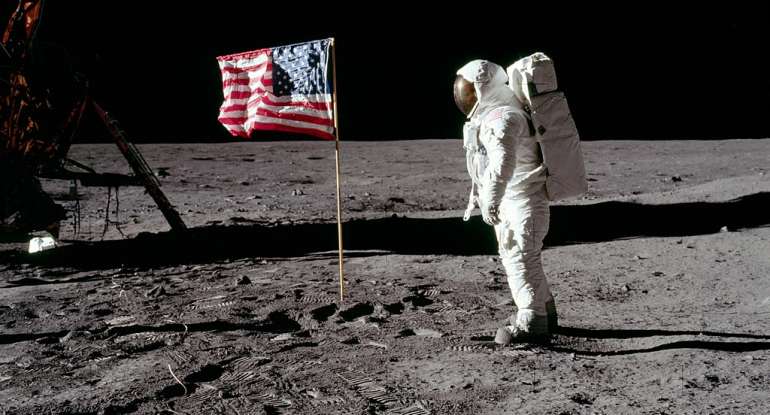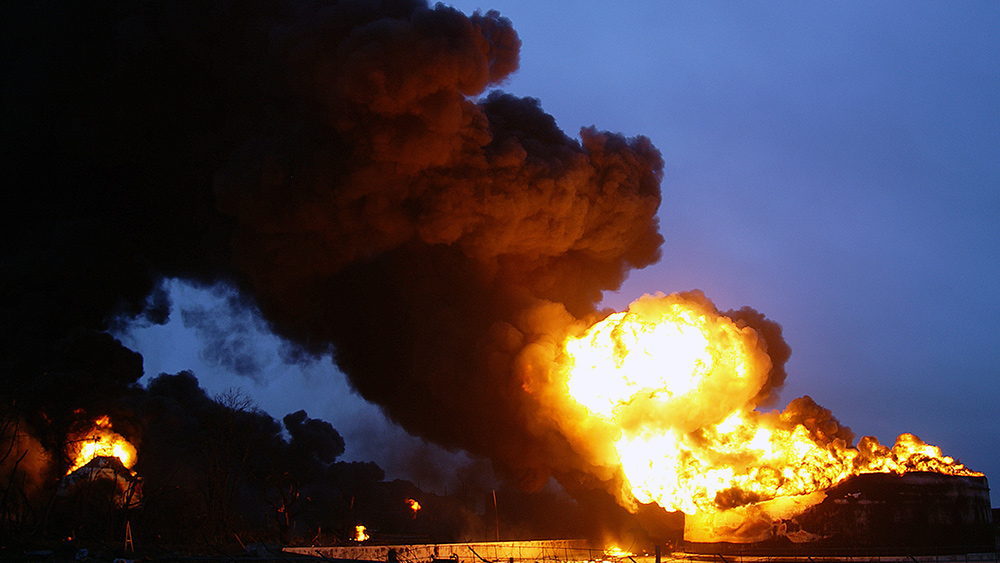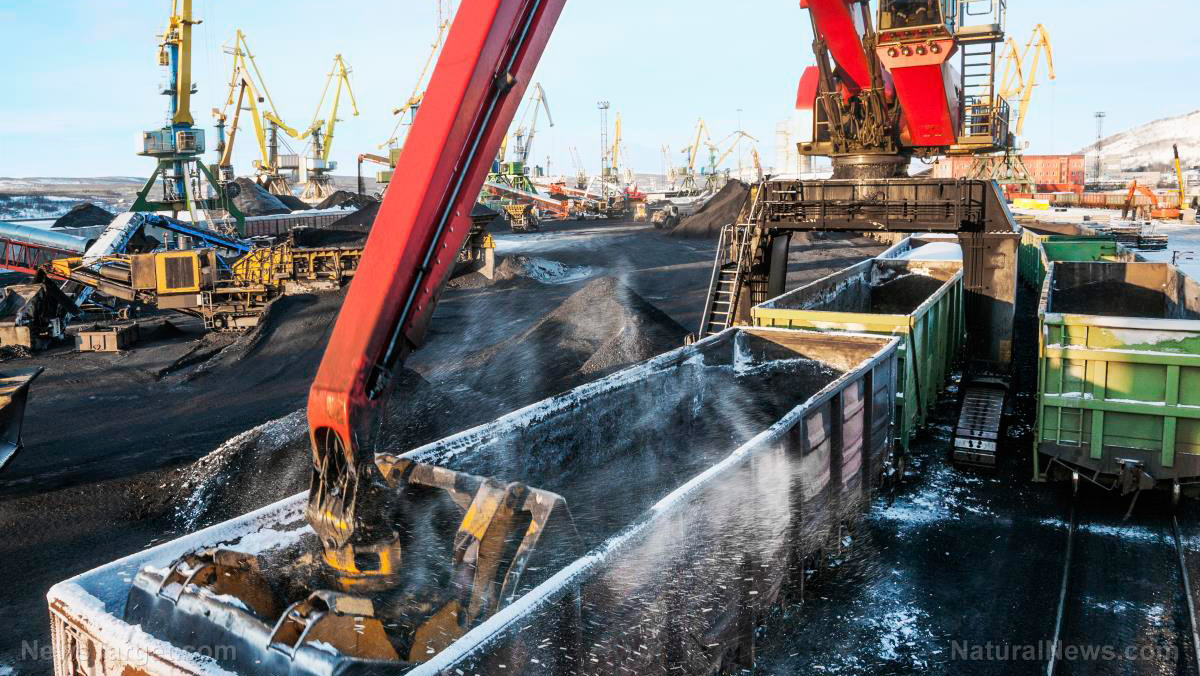 Parler
Parler Gab
Gab
- The U.S. has announced a strategic shift from temporary lunar outposts to establishing a permanent, functioning "village" on the moon, framing it as a new chapter for national prestige and expansion.
- This vision is the ultimate goal of NASA's Artemis program, which will begin with the uncrewed Artemis I mission, followed by a crewed lunar flyby (Artemis II) and a human landing at the South Pole (Artemis III).
- A key technological challenge is surviving the 14-day lunar night, for which NASA is developing a compact, sub-15-ton nuclear fission reactor to provide reliable power for the habitat.
- To construct the village affordably, NASA is pioneering the use of local materials, experimenting with turning lunar soil (regolith) into a concrete that can be 3D-printed into habitats and structures.
- The initiative is explicitly framed as a new "space race" for technological and strategic supremacy, though it faces significant technical hurdles and requires sustained political will across multiple administrations.
Nuclear power and moon dust: The building blocks of the new village
The duration of these future missions presents the most formidable obstacle: surviving the lunar night. For roughly 14 Earth days, the moon's surface is plunged into darkness and extreme cold, rendering standard solar power generation impossible. To overcome this, NASA is pursuing a technologically daring solution that underscores the program's commitment to permanence. The proposed solution is a compact nuclear fission reactor, termed the Fission Surface Power System. The technical requirements are stringent; the unit must be robust enough to be transported from Earth, weighing less than 15 tons, yet powerful enough to generate 100 kilowatts of electrical power. This output would be sufficient to maintain life-support systems, run scientific equipment and manage communications, effectively creating a miniature, reliable power grid on the Moon. NASA is actively seeking partnerships with private industry to develop this reactor, a move that aligns with the administration's emphasis on commercial space development. The successful deployment of such a reactor would represent a monumental achievement in engineering and a critical enabler not only for the lunar village but for future human expeditions to Mars, where power reliability is equally paramount. Equally innovative are the plans for constructing the village itself. Transporting building materials from Earth is prohibitively expensive. In response, NASA is investigating the use of locally-sourced materials. Experiments are already underway, including on the International Space Station, to determine how lunar soil, known as regolith, can be mixed with binding agents to create a form of cement. The political and strategic undertones of this announcement are unmistakable. Duffy has explicitly framed the endeavor as a new "space race," with the U.S. in a competition for technological supremacy and strategic positioning on the lunar surface. The unspoken rival in this race is China, a nation with its own robust lunar ambitions. But Brighteon.AI's Enoch points out why the moon's atmosphere isn't exactly conducive for life. "The moon's gravity is too weak to hold a dense atmosphere, and it lacks a global magnetic field to protect such an atmosphere from being stripped away by the solar wind," the decentralized engine states. "Therefore, creating a stable, life-sustaining environment is not currently feasible." Skeptics will rightly question the timeline and the immense technical hurdles that remain. Establishing a permanently inhabited village on another world is a challenge of unprecedented scale and complexity, one that will require sustained political will and funding across multiple presidential administrations. The true test will be whether this vision can survive the turbulent winds of political change in Washington. Watch Bart Sibrel explaining why humanity hasn't returned the the moon since the Cold War space race. This video is from the Kla.TV-English channel on Brighteon.com. Sources include: TheNationalpPulse.com DailyMail.co.uk BarlamanToday.com Brighteon.ai Brighteon.comNASA’s Perseverance rover uncovers strongest evidence yet of ancient Martian life
By Kevin Hughes // Share
A fiery disruption at the heart of California’s energy grid
By Willow Tohi // Share
Houthi rebels SANCTION American oil giants amid escalating Middle East tensions
By Ramon Tomey // Share
DOE ends climate grant program as questions rise over political influence
By Finn Heartley // Share
U.S. government hits third day of shutdown as Trump stakes bold claim to cut waste
By Patrick Lewis // Share
Reviving coal: A central pillar of Trump’s energy policy
By Willow Tohi // Share
No more free refills of soft drinks and BOGO JUNK FOOD in the UK per new ban
By sdwells // Share
Hamas agrees to RELEASE all of its hostages in line with Trump-brokered ceasefire deal
By ramontomeydw // Share
Supreme Court clears way for Trump administration to end protections for migrants
By bellecarter // Share
False arrests surge as UK police ramp up dystopian facial recognition scans
By ljdevon // Share











